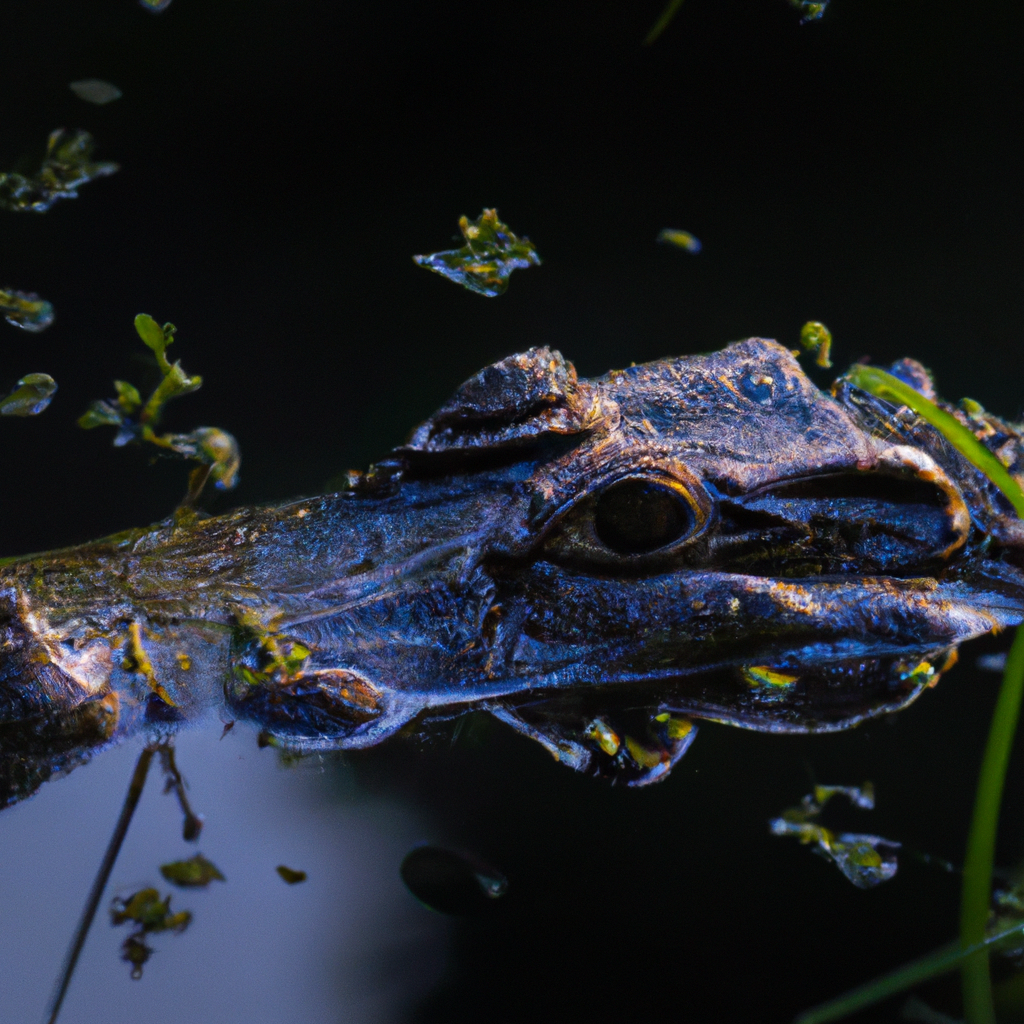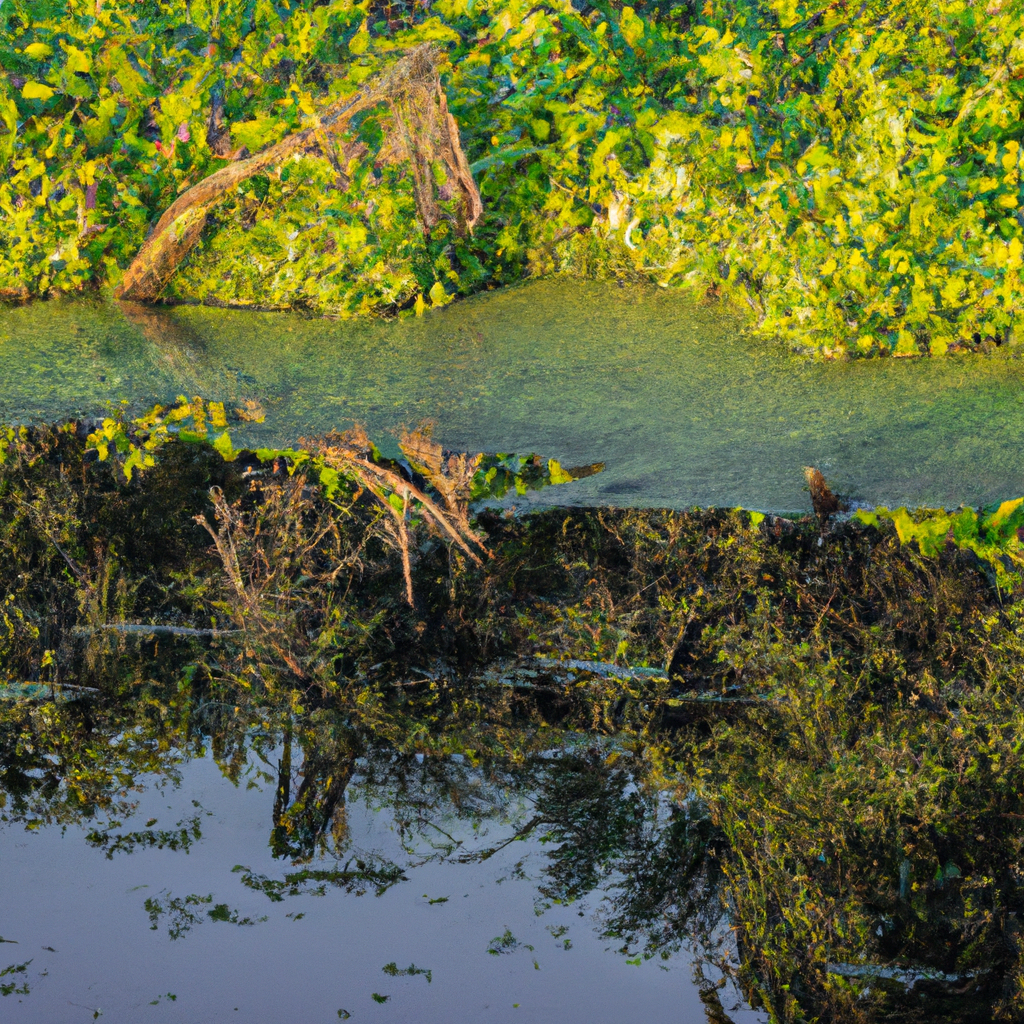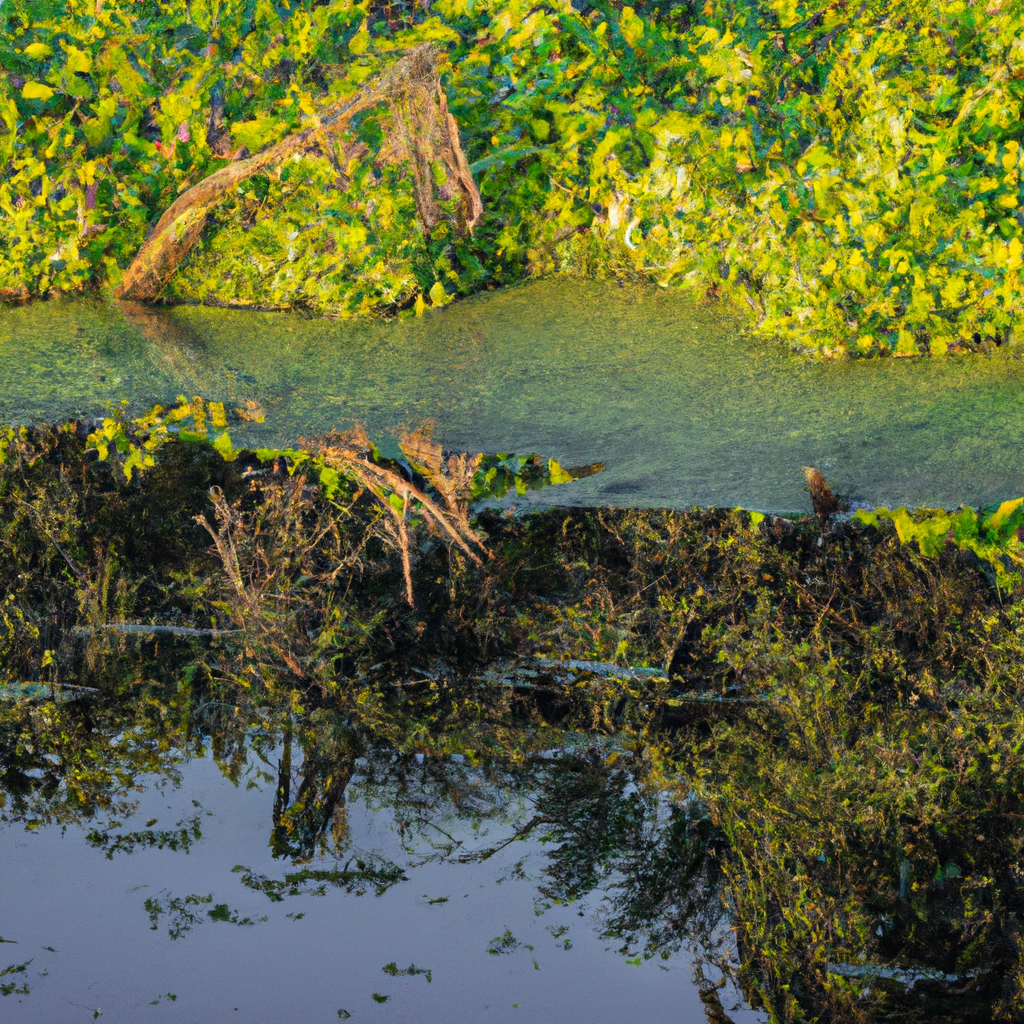Ready to embark on a captivating journey into the world of reptiles? Look no further than Cañaveral Hábitat Reptiles, where an extraordinary habitat awaits to introduce you to a diverse range of reptilian wonders. Immerse yourself in the fascinating world of these scaly creatures as you explore their natural environment, learn about their unique behaviors, and witness their mesmerizing beauty up close. Whether you’re an avid reptile enthusiast or simply curious to discover more about these amazing creatures, Cañaveral Hábitat Reptiles is the place to be for an unforgettable reptilian adventure.
Importance of Cañaveral Hábitat for Reptiles
Cañaveral Hábitat plays a crucial role in providing a suitable environment for reptiles to thrive. This unique habitat offers a balance of resources, from ample food sources to suitable shelter and breeding grounds, making it an ideal home for a diverse range of reptile species. The preservation and protection of this habitat are essential not only for the survival of these reptiles but also for the overall biodiversity of Cañaveral.
Diverse Reptile Species Found in Cañaveral Hábitat
Cañaveral Hábitat is home to a wide variety of reptile species, each with its own unique adaptations and characteristics. From the majestic green iguanas basking in the sun to the secretive and elusive caiman lurking in the marshes, the Cañaveral Hábitat supports a rich reptilian community. Other notable reptiles found here include snakes such as the boa constrictor and the venomous eyelash viper, as well as turtles and tortoises like the red-footed tortoise. The abundance of reptile species in Cañaveral highlights the importance of this habitat in providing a suitable ecosystem for their survival.

Reptile Habitats within Cañaveral
Within the vast expanse of Cañaveral Hábitat, different reptiles occupy specific habitats that cater to their unique needs. The thick, dense vegetation along the riverbanks offers an ideal refuge for the green iguanas, providing both protection from predators and a reliable food source. The marshy areas provide a perfect habitat for the caiman, with their ability to swim effortlessly and camouflage amidst the aquatic plants, enabling them to hunt and thrive in their natural environment. The forested areas within Cañaveral are home to numerous snake species, taking advantage of the dense vegetation for their secretive nature and ambush hunting strategies. Each reptile species has adapted to a particular habitat within Cañaveral, showcasing the diverse microhabitats this area has to offer.
Threats to Reptiles in Cañaveral Hábitat
Despite the importance of Cañaveral Hábitat for reptiles, various threats pose significant risks to their survival. Deforestation, illegal hunting, and pollution are some of the main factors that endanger reptile populations in this habitat. The clearing of forests not only destroys crucial nesting and breeding sites but also disrupts the delicate balance of the ecosystem. Illegal hunting for reptiles, driven by the demand for their skins and body parts, further decimates their populations. Pollution, such as agricultural runoff and chemical pollutants, can contaminate water sources and disrupt the delicate balance required for reptile survival. These threats highlight the urgent need for conservation measures to protect the reptiles in Cañaveral.

Conservation Efforts for Reptiles in Cañaveral
Recognizing the importance of the reptiles found in Cañaveral Hábitat, various conservation efforts have been implemented to safeguard their populations. Local conservation organizations collaborate with government agencies to enforce laws and regulations that protect reptiles from illegal hunting and habitat destruction. The establishment of protected areas and conservation reserves within Cañaveral ensures the preservation of vital habitat for reptiles and other wildlife. Additionally, public education programs raise awareness about the value of reptiles and the importance of their conservation. By involving the local community and providing sustainable alternatives, these conservation efforts aim to create a harmonious coexistence between reptiles and humans in Cañaveral.
Research and Monitoring of Reptiles in Cañaveral
Research and monitoring play a critical role in understanding the populations and behaviors of reptiles in Cañaveral Hábitat. Scientists and conservationists conduct studies to gather data on reptile species distribution, population size, and breeding patterns. By collecting this information, researchers can identify areas of concern and develop targeted conservation strategies. Monitoring programs track reptile populations over time, providing valuable insights into the effectiveness of conservation efforts and any changes in their status. Scientific research and monitoring are invaluable tools in preserving the delicate balance of reptiles in Cañaveral.

Interaction between Reptiles and Ecosystem in Cañaveral
Reptiles play an essential role in the Cañaveral ecosystem, contributing to its biodiversity and maintaining ecological balance. Through predation, reptiles control the population of various prey species, preventing overpopulation and maintaining a healthy and diverse ecosystem. For example, snakes help control rodent populations, minimizing damage to crops and reducing the spread of disease. Reptiles also act as seed dispersers, aiding in the regeneration of plant species. Their interactions with other organisms and the environment highlight their integral role in the functioning of the Cañaveral ecosystem.
Role of Reptiles in Cañaveral’s Biodiversity
Reptiles contribute significantly to the overall biodiversity of Cañaveral. Their presence ensures the ecological stability of the habitat, as they occupy various niches and perform essential ecological functions. This biodiversity is not only crucial for the reptiles themselves but also for other species that depend on them directly or indirectly. The loss of even a single reptile species can have far-reaching effects on the entire ecosystem, disrupting food chains and altering predator-prey dynamics. By protecting and preserving the reptile populations in Cañaveral, we safeguard the biodiversity and long-term sustainability of the entire ecosystem.

Endangered Reptiles in Cañaveral Hábitat
Sadly, some reptile species in Cañaveral Hábitat are currently classified as endangered. These species face imminent threats and are on the brink of extinction. The loss of habitat, illegal hunting, and pollution are the primary factors contributing to their critical status. Species such as the black caiman and the hawksbill turtle are particularly vulnerable and require urgent conservation measures to prevent their extinction. Efforts are being made to establish protected areas, enforce anti-poaching laws, and educate the public about the importance of preserving these endangered reptiles. By focusing on these species, conservationists hope to reverse their decline and secure a future for them in Cañaveral.
Future Prospects for Reptiles in Cañaveral Hábitat
Despite the existing challenges, there is still hope for the reptiles in Cañaveral Hábitat. Continued conservation efforts, supported by local communities, government agencies, and international organizations, show promising signs for the future of these reptiles. By preserving their habitat, combating illegal hunting, and raising awareness about their importance, we can protect and restore the populations of reptiles in Cañaveral. Collaboration between researchers, conservationists, and the public will be crucial in ensuring the long-term survival and thriving of reptiles in this unique habitat. With dedicated efforts and proactive measures, we can secure a brighter future for the reptiles in Cañaveral Hábitat.

